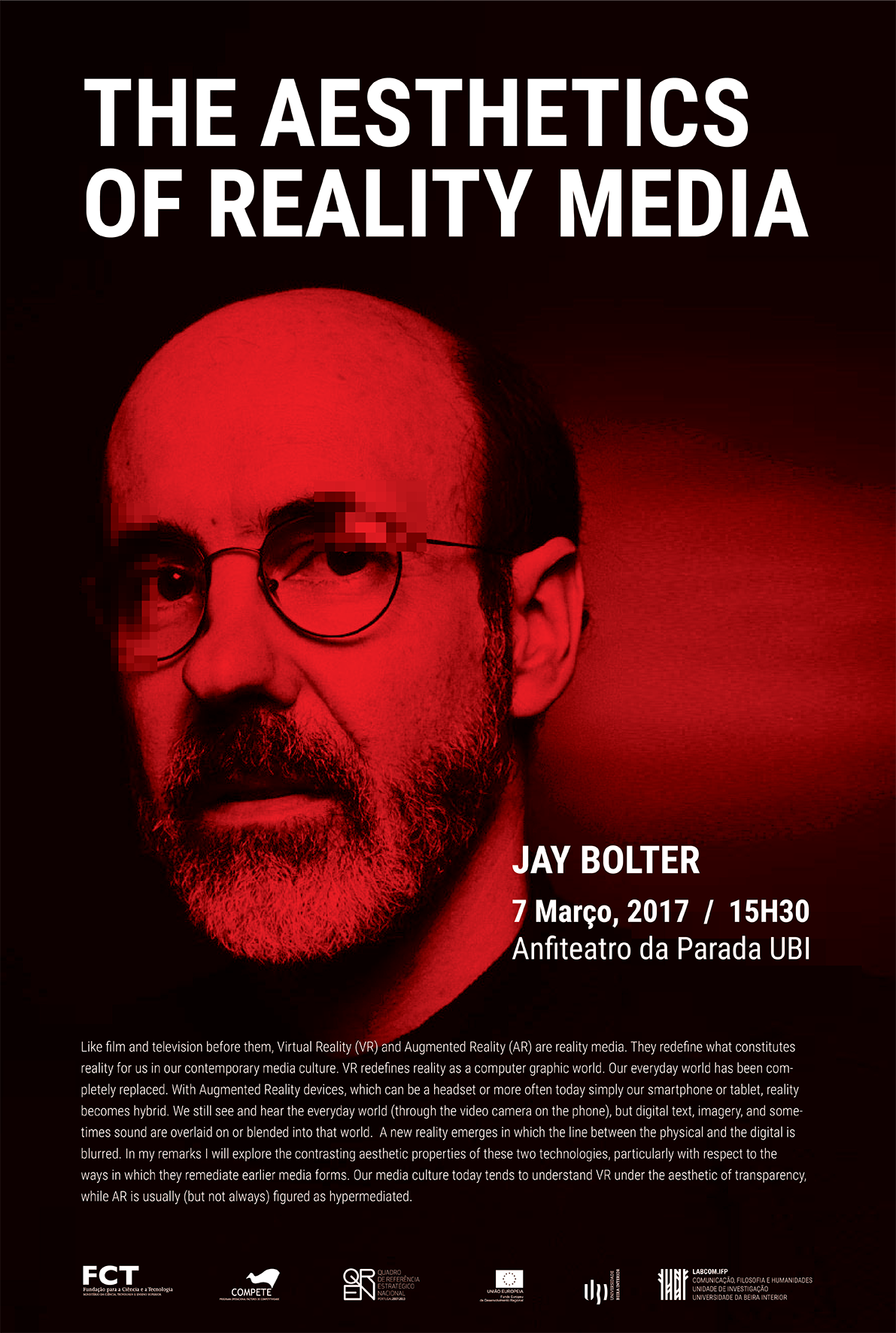March 7, 2017 3:30pm
Like film and television before them, Virtual Reality (VR) and Augmented Reality (AR) are reality media. They redefine what constitutes reality for us in our contemporary media culture. VR redefines reality as a computer graphic world. Our everyday world has been completely replaced. With Augmented Reality devices, which can be a headset or more often today simply our smartphone or tablet, reality becomes hybrid. We still see and hear the everyday world (through the video camera on the phone), but digital text, imagery, and sometimes sound are overlaid on or blended into that world. A new reality emerges in which the line between the physical and the digital is blurred. In my remarks I will explore the contrasting aesthetic properties of these two technologies, particularly with respect to the ways in which they remediate earlier media forms. Our media culture today tends to understand VR under the aesthetic of transparency, while AR is usually (but not always) figured as hypermediated.
Jay David Bolter is Wesley Chair of New Media at the Georgia Institute of Technology and co-Director of the Augmented Environments Lab (AEL) there. He is the author of Turing's Man: Western Culture in the Computer Age (1984); Writing Space: The Computer, Hypertext, and the History of Writing, (1991; second edition 2001); Remediation (1999), with Richard Grusin; and Windows and Mirrors (2003), with Diane Gromala.
In addition to writing about new media, Bolter collaborates in the construction of new digital media forms. With Michael Joyce, he created Storyspace, one of the early hypertext authoring system. Now, with the AEL collaborators at Georgia Tech including Profs Blair MacIntyre and Maria Engberg, Bolter helps to create on applications for entertainment, education, and cultural heritage. The platform for these applications is the AEL's Argon browser for smart phones and tablets.
Open for more information







